
As the Trump administration closes in on what many expect will be recommendations to shrink or even dissolve some national monuments, defenders of the vast expanses of land and ocean are already gearing up for a potentially monumental legal battle never before seen in the US.
President Trump last month ordered a review of more than two dozen monuments, which are typically preserves similar to national parks. The monuments are popular with environmentalists and cultural advocates who say they preserve largely untouched lands for generations to come. But critics say they amount to federal overreach, unfairly taking resource-rich land off the table for vital industries.
Trump described the review as ending "another egregious abuse of federal power," and many observers believe it will result in significant changes for existing national monuments.
But if the Trump administration does ultimately go after the monuments, the president may end up expending significant political capital in a battle with dubious outcomes. Some also expect protests on the ground.
Advocates for multiple monuments under review spoke to BuzzFeed News about how they anticipate responding to any White House effort to curtail what's already been established:
Bears Ears National Monument
Native Americans groups are already gearing up for a legal fight over Bears Ears National Monument in Utah's remote San Juan County, Jonah Yellowman, a board member of the Navajo nonprofit Utah Diné Bikéyah, told BuzzFeed News. President Obama created the monument in December.
"If they decide to rescind or shrink, or whatever they're going to do, we're going to go into a lawsuit," he said. "Or whatever it takes."
Yellowman said the Bears Ears region, which is scattered with Native American ruins and artifacts, is an "ancestral land" for the Navajo people. His people still go there to gather herbs and firewood.
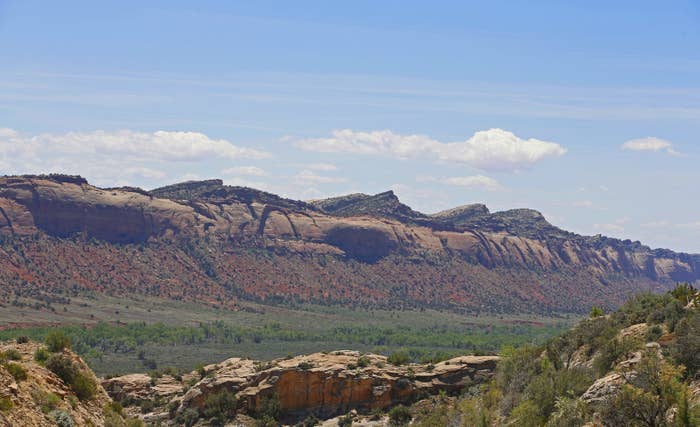
Eric Descheenie, a member of the Navajo Nation and the Arizona House of Representatives, told BuzzFeed News that native leaders are currently involved coordinating a campaign to raise awareness about the monument review. Still, he believes the "writing is on the wall" for Bears Ears.
"I think the more level-headed individuals within the administration will recommend a significant downsize, a shrinkage of the monument," he said. "The tribes stand ready to immediately file a lawsuit."
The White House did not immediately respond to a request for comment.
Cassandra Begay, an activist who recently had a somewhat tense run-in with Interior Secretary Ryan Zinke, also anticipates a legal fight over Bears Ears.
"It would be a long, ugly road ahead for the Trump administration," Begay told BuzzFeed News. "It would be a really difficult battle for them to win."
Attempts at changing Bears Ears may also prompt a response on the ground. Descheenie said that while demonstrations haven't yet been organized, action by the Trump administration could be "enough to galvanize people's intentions to protest."
"If it means congregating in or around bears ears, sure," he said.
Terry Tempest Williams, a prominent Utah author and activist, raised the stakes even further, writing earlier this month in the New York Times that Bears Ears "could very well become another Standing Rock in both desecration and resistance."
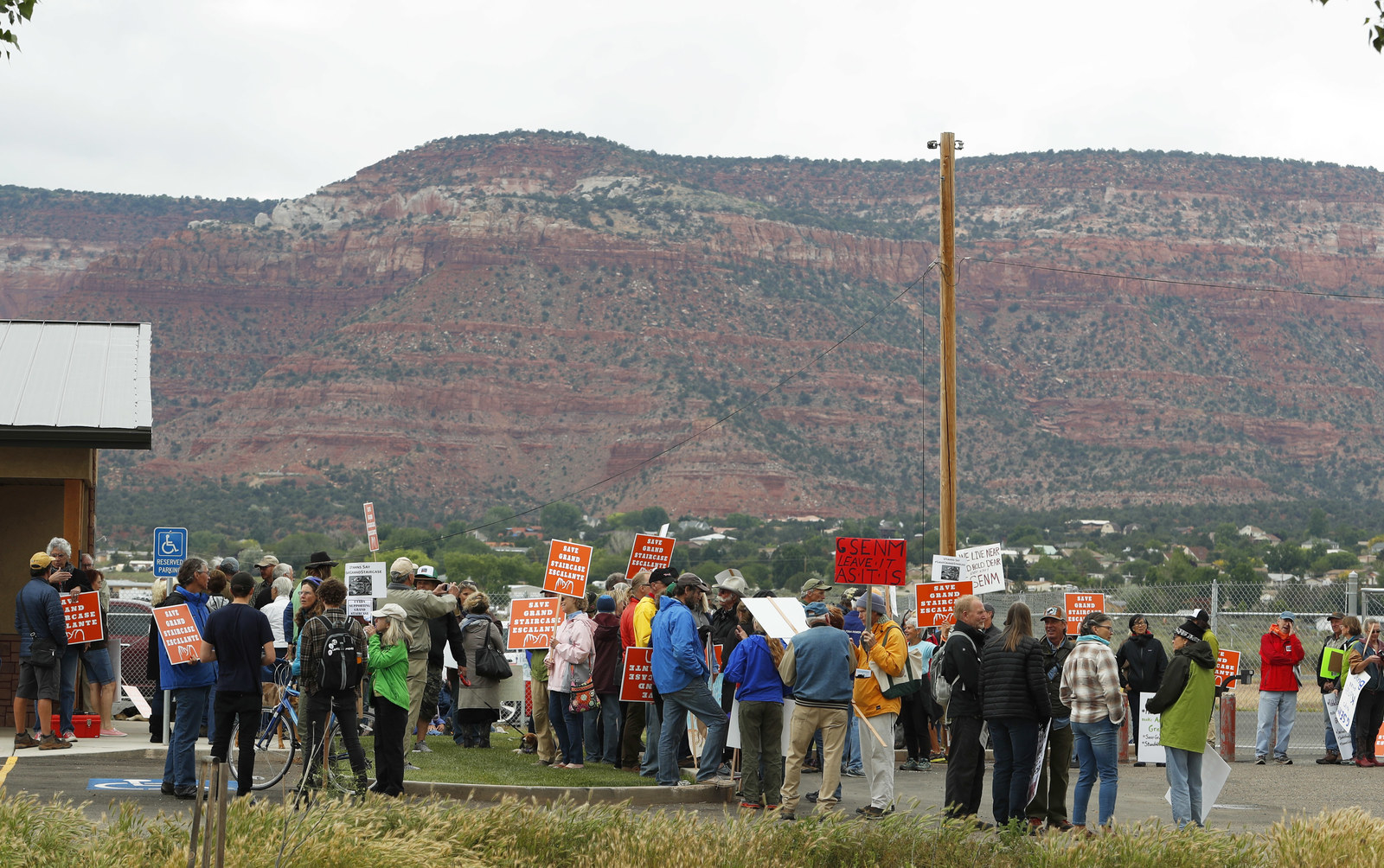
Though Bears Ears is the first monument up for review — and has generated the most headline-grabbing controversy — the Trump administration will likely face more fights over other monuments as well.
Katahdin Woods and Waters National Monument
In Maine, for example, Obama created the Katahdin Woods and Waters National Monument last August. The monument was unique because it was formed from land donated by Roxanne Quimby, founder of Burt's Bees, and her family, rather than from existing federal land like many other monuments, such as Bears Ears.
Lucas St. Clair, Quimby's son, told BuzzFeed News that the total donation included $20 million in funds to get the monument started and pay for infrastructure, as well as $80 million worth of land. The family is also raising an additional $20 million for the monument, he said.
"They're jeopardizing a $100-million investment in rural Maine," St. Clair said of the review and potential changes to the monument. "This is a place that Trump won, and he really put a lot of cache in his ability to relate to the rural voters of America. And by doing this he's turning his back on them."
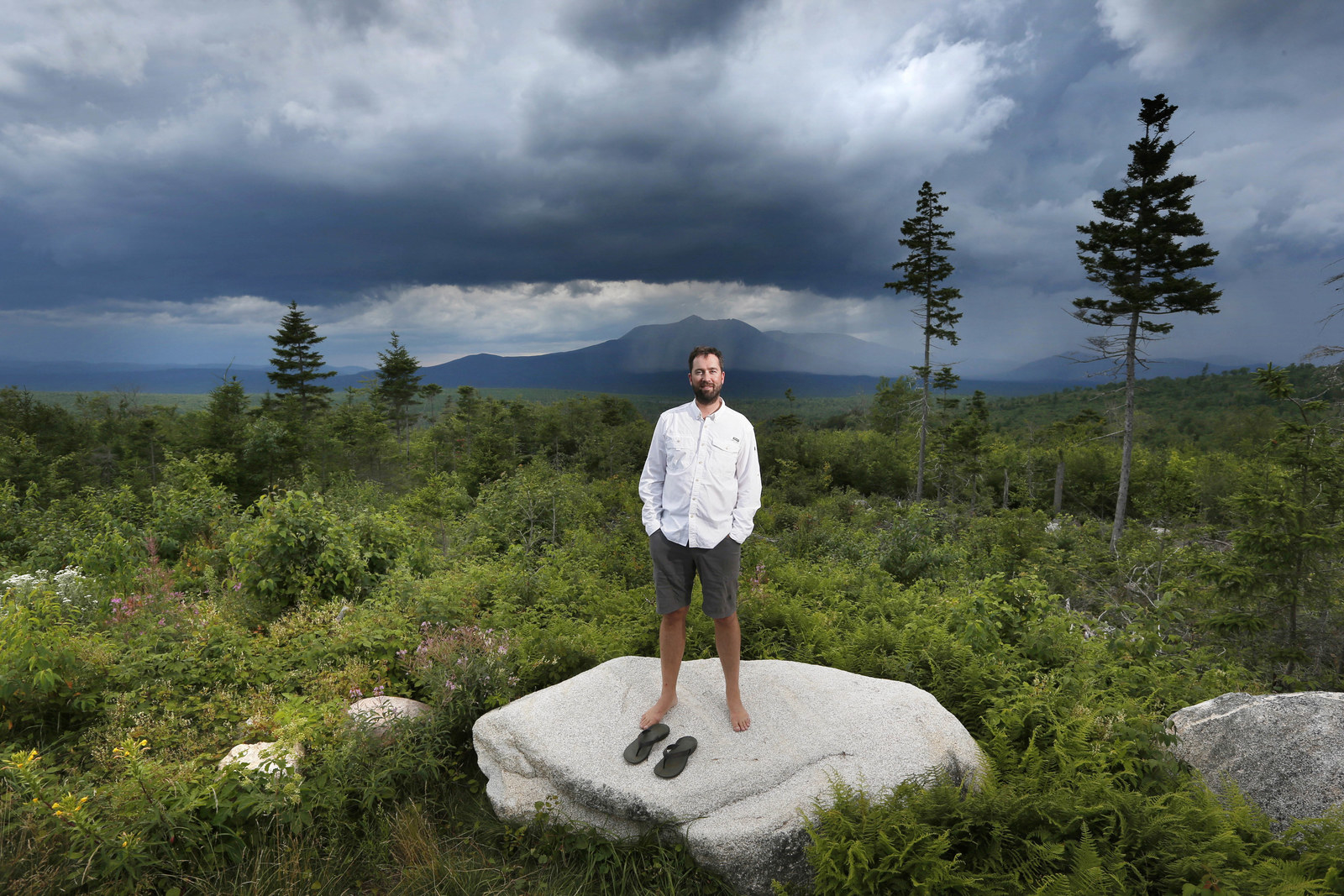
And much like proponents of other monuments, St. Clair sees a legal battle on the horizon if the Trump administration tries to undo the monument.
"There's so many contracts and agreements that have been signed with the Department of the Interior," St. Clair said. "To undo those agreements would be a violation of the contracts. There would be a legal battle, which I think the federal government would not have a case for."
Gold Butte National Monument
Nevada's Gold Butte National Monument is also part of the review, and it too may be the subject of wrangling, legal or otherwise, if shrinking or rescinding protections is proposed.
Jaina Moan, a member of the pro-monument Friends of Gold Butte, told BuzzFeed News that "we would fight back" if the Trump administration tries to shrink or rescind the monument — which Obama also created in December. That fight would include lawsuits, as well as demonstrations, marches, and other protests.
"I'm confident that people would show up," she said.
Papahānaumokuākea Marine National Monument
The Papahānaumokuākea Marine National Monument off the coast of Hawaii could pose a legal challenge for the Trump administration as well.
President Bush created the monument in 2006, and President Obama significantly expanded it last year. It too is on the list of monuments under review, which the "majority of the people in Hawaii feel is unnecessary," according to Kekuewa Kikiloi, who lobbied for the expansion as the chair of the Papahanaumokuakea Native Hawaiian Cultural Working Group.
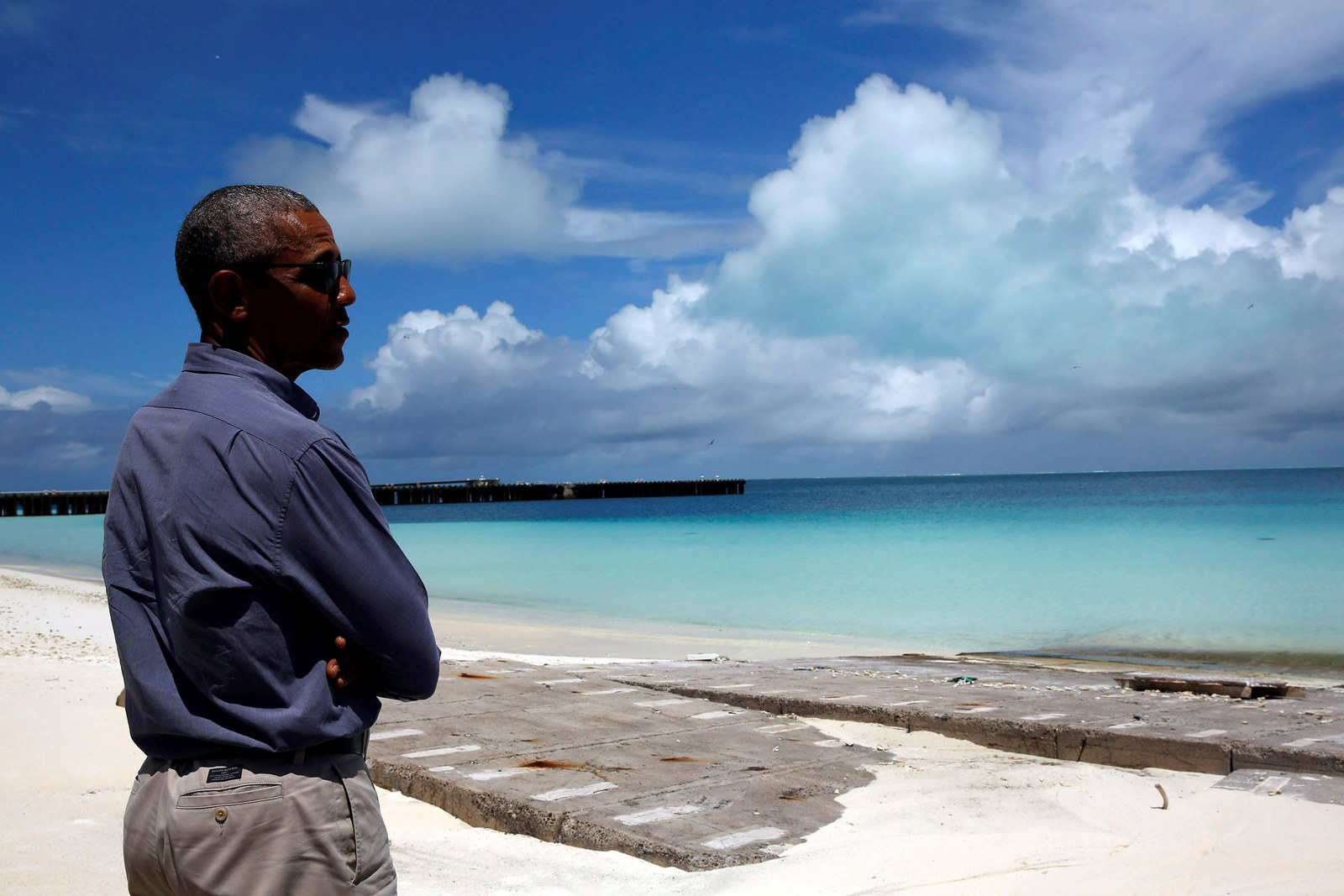
"If they were to ignore that and move forward with shrinking the monument or getting rid of it, I'm pretty sure it's going to be met with some lawsuits," Kikiloi told BuzzFeed News.
Unchartered territory
The review — which ends for Bears Ears in June and for the rest of the sites in August — tasks Interior Secretary Ryan Zinke with making recommendations for what to do with the monuments. The Trump administration could ultimately decide to leave them the way they are, and Zinke has said that there is no pre-determined outcome — though he has also questioned if creating monuments is the "right vehicle" for protecting land.
The Interior Department did not immediately respond to BuzzFeed News' questions about potential litigation.
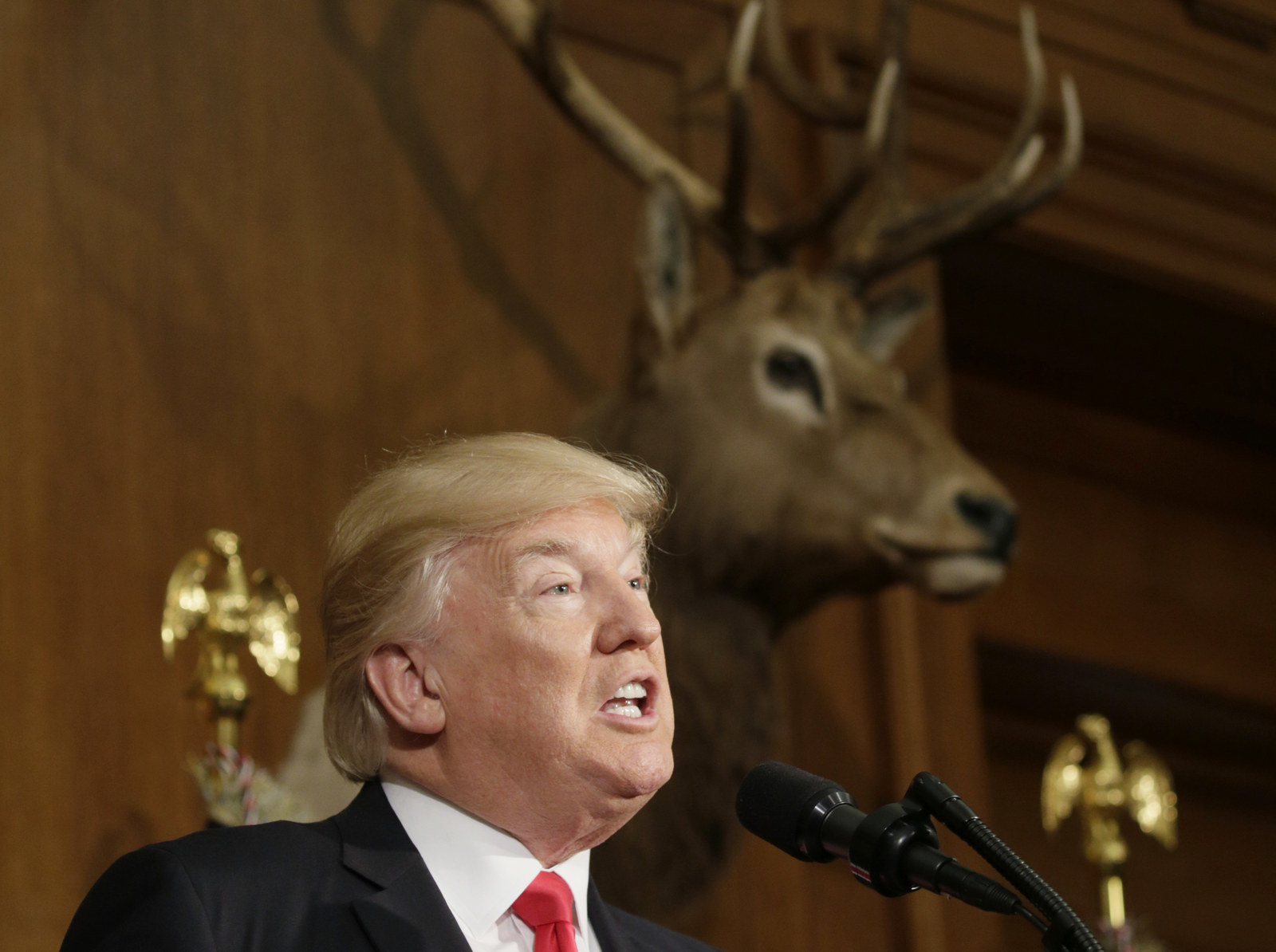
But if changes are recommended and lawsuits do follow, no one really knows where they might lead. Past presidents have used the Antiquities Act to create the monuments now under review, and many legal scholars believe a president doesn't actually have the authority undo a predecessor's designation.
Mark Squillace, a law professor at the University of Colorado, is among those who believe a president can't rescind a predecessor's designation. He told BuzzFeed News that he and other legal scholars also believe a president doesn't have the authority to alter past monuments.
"When the president designates a national monument, he is exercising power that has been delegated to him by Congress," Squillace said. "We think this is a really clear example where congress delegated power to proclaim these monuments but not to remove them."
"I don't think it's going to be resolved quickly."
Squillace said a lawsuit would be "inevitable" and almost immediate if the Trump administration tries to change a monument, adding that it's the kind of issue that could easily end up before the Supreme Court. But even if it doesn't go that far, a legal case could drag on significantly as it works through various appeals.
"It could very well be a couple of years before we know for sure," he said. "I don't think it's going to be resolved quickly."
John Leshy, a law professor at the University of Utah, agreed with Squillace, but noted that the law has yet to be tested in court. He also pointed out that a legal challenge to Grand Staircase-Escalante National Monument in Utah — also part of Trump's review — in the 1990s spent three years in court.
"Depending on what they do, it could be complicated litigation," Leshy said. "I think it would take some time."
The view that presidential power is limited, however, is not universal. Sen. Mike Lee of Utah has cited other scholars in arguing a president can rescind a monument. Multiple conservative organizations have come to the same conclusion.
The disagreements highlight the fact that national monuments are highly contentious, and that there is a significant contingent of people — ranging from local lawmakers to those in industries, such as farming, ranching, fishing, and mining — who believe the regulations that accompany these land designations hurt local economies.
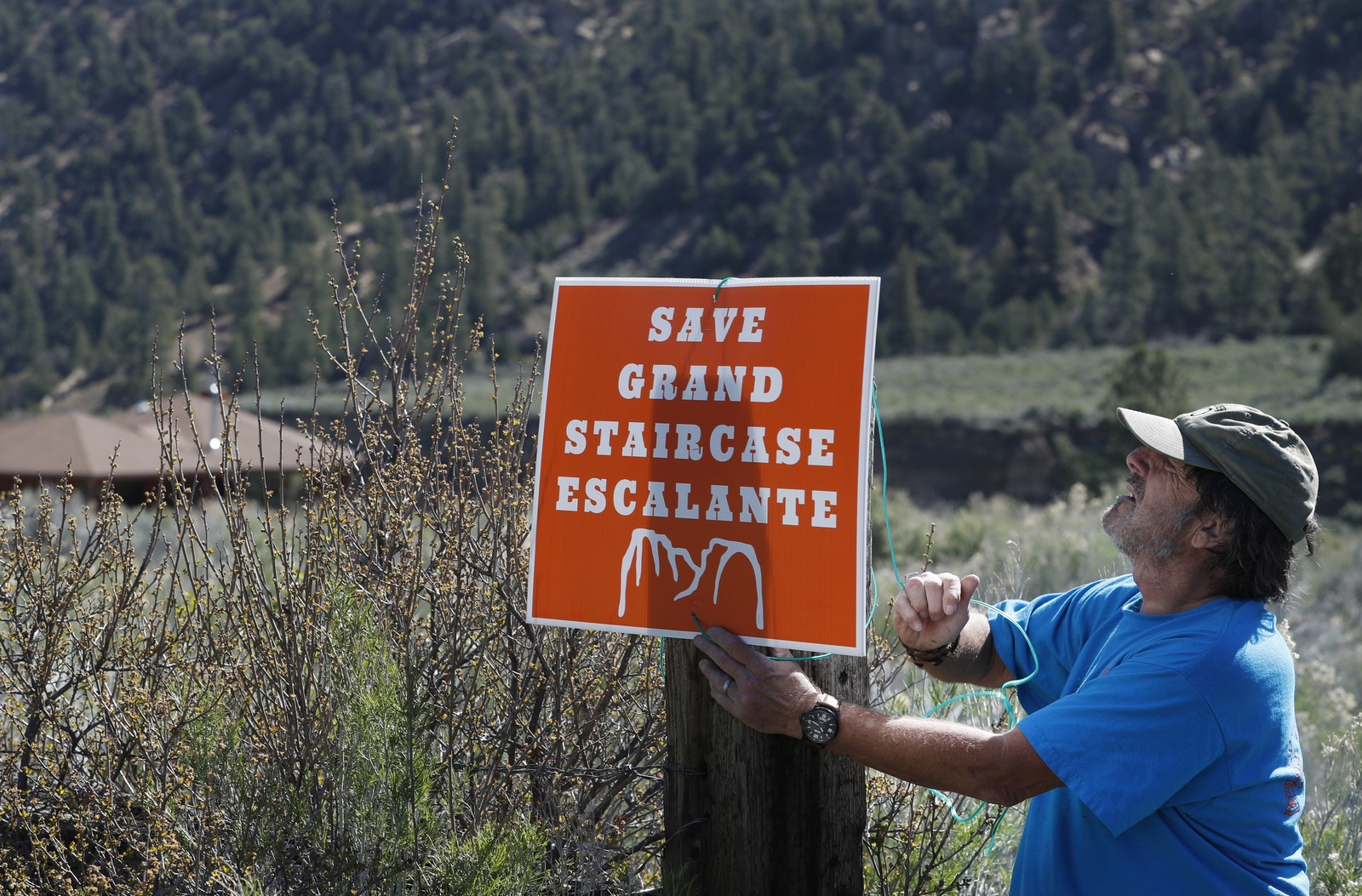
Differing opinions not withstanding, the Antiquities Act has never before been tested in court like it may be under the Trump administration.
"That is unprecedented," Moan, in Nevada, said of any effort to dissolve Gold Butte.
But given Trump's less-than-successful track record in other legal battles over things such as his travel ban, activists like Descheenie, who advocated for Bears Ears in Utah, said some would welcome a fight in court.
"Given his batting average, by all means, let's take this to court," he said. "His actions are tending to fall short on their faces."
